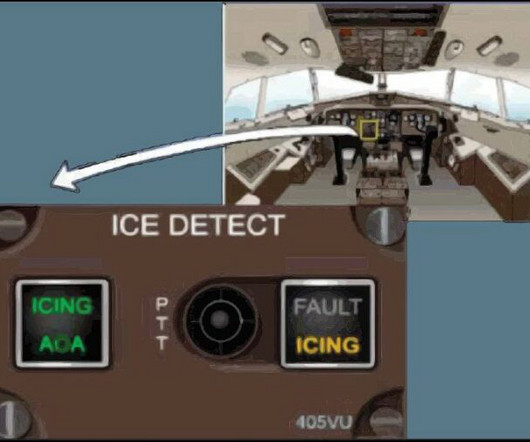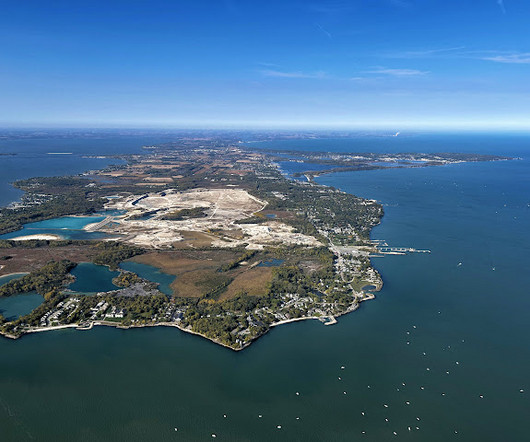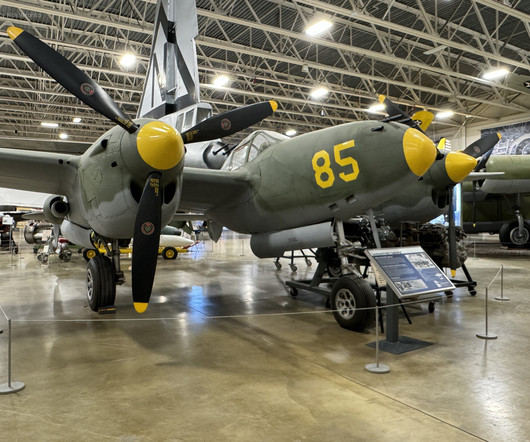The anatomy of a commercial flight – all you ever wanted to know: Part one
Aerotime
NOVEMBER 22, 2024
At this point, the pilots will contact ATC for push and start clearance , allowing the plane to be pushed back from its parking position (if applicable, depending on the airport) and to start its engines in sequence. Part two will soon be available on AeroTime. Be sure to keep a good look out for it.
















Let's personalize your content